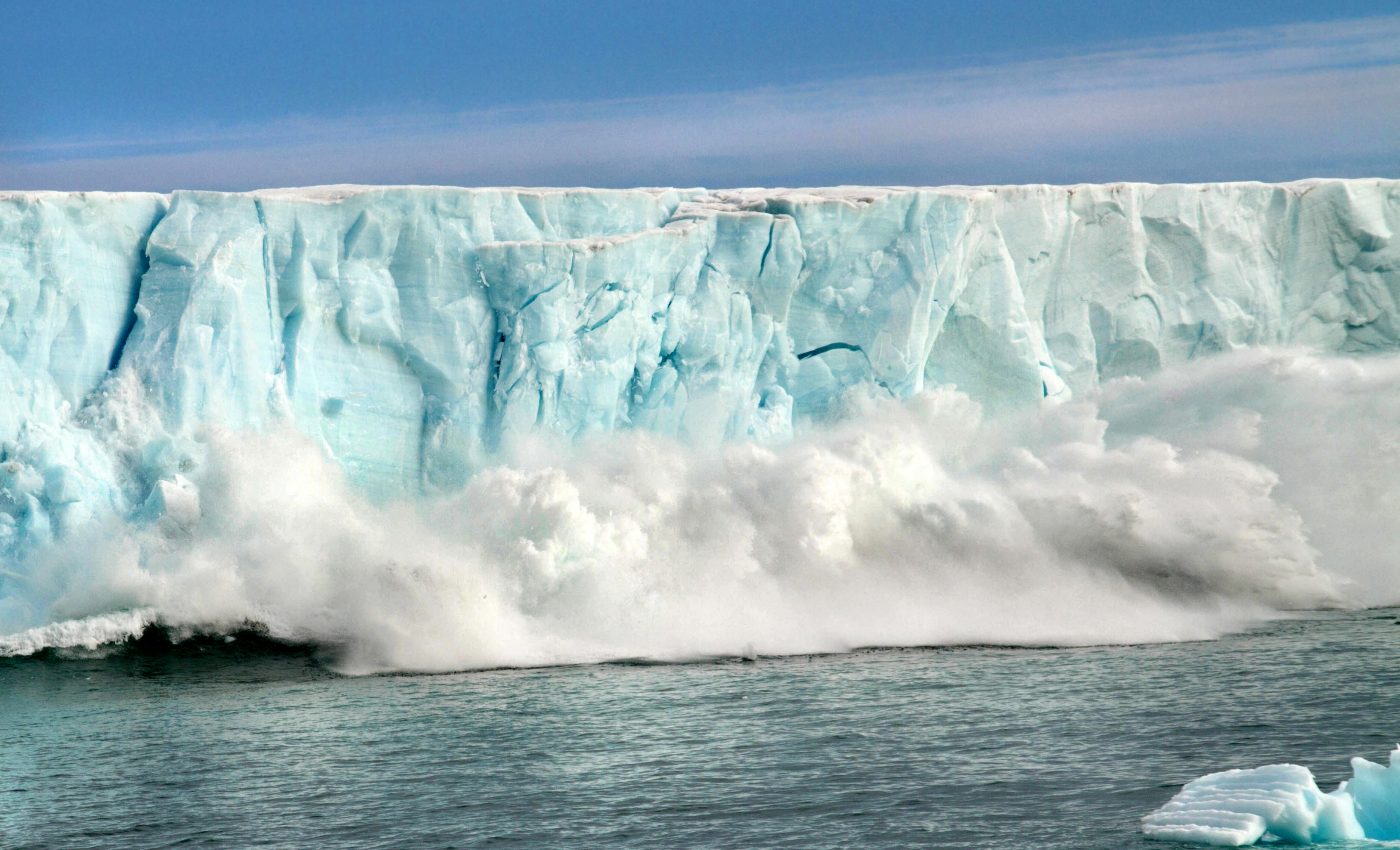
Arctic warming will add trillions to the economic cost of climate change
A new study from Lancaster University has revealed that global warming in the Arctic has the potential to cost just under $70 trillion in long-term economic costs, which is around five percent of the total economic impact expected from climate change worldwide. If temperatures are limited to an additional 1.5°C of warming, the estimated damages caused by Arctic warming would drop to $25 trillion.
Under both scenarios, the major culprit driving up the costs is melting permafrost. As Arctic permafrost is lost, more and more carbon is released into the atmosphere. Furthermore, retreating sea ice and land snow are less capable of reflecting solar radiation, further warming the Earth and accelerating the changing conditions.
The researchers used complex, state-of-the-art, physical models to project the strength of the permafrost carbon feedback (PCF), which is driven by the additional carbon released from thawing permafrost. The models also simulated the strength of the surface albedo feedback (SAF), which is driven by the extra solar radiation absorbed by the Earth’s surface as snow and ice continue to retreat.
“Arctic sea ice and land snow currently contribute around a third each to the global albedo feedback,” said study lead author Dmitry Yumashev. “These two components are set to peak for global temperatures within the range covered by the Paris Agreement, but if the climate warms further, the summer and spring sea ice and land snow covers will retreat further north and the albedo feedback will actually weaken.”
“The permafrost feedback, however, grows progressively stronger in warmer climates. Both feedbacks are characterized by nonlinear responses to warming, including a varying lag between rising global temperature and permafrost carbon emissions.”
“Compared with zero PCF and constant SAF from present-day climate – legacy values used in climate policy modelling to this point – the combined nonlinear PCF and SAF cause significant extra warming globally under low and medium emissions scenarios.”
Regardless of the amount of warming, the newly established nonlinear Arctic feedbacks lead to an increase in the total cost of climate change compared to previous PCF and SAF values that were thought to be constant. The economic costs will primarily occur through temperature-driven impacts on the economy, ecosystems, and human health, as well as additional impacts from sea level rise.
The total cost of climate change associated with the 1.5°C or 2°C scenarios is around $600 trillion. However, the estimated cost of business as usual is around $2000 trillion. Nonlinear PCF and SAF add $25 or $70 trillion to these figures.
“Our findings support the need for more proactive mitigation measures to keep global temperature rise well below 2C,” said Dr. Yumashev. “We hope our work will lead to further assessments of multiple nonlinear processes in the Earth’s climate system, both those associated with the Arctic and beyond.”
The study is published in the journal Nature Communications.
—
By Chrissy Sexton, Earth.com Staff Writer
Paid for by Earth.com













